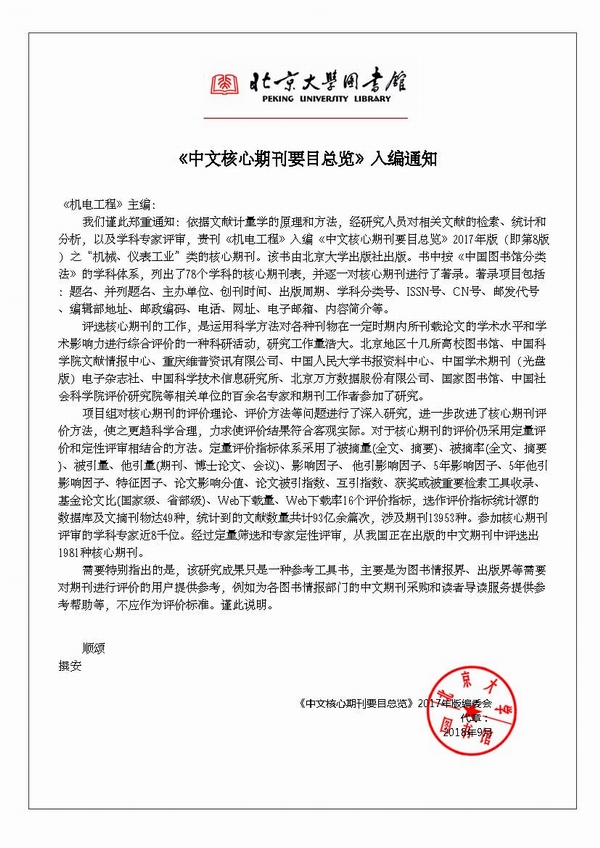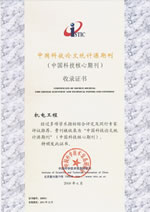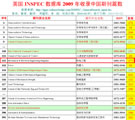
Founded in 1971 >
Chinese Sci-tech Core Periodicals >
British Science Abstracts (SA, INSPEC) Indexed Journals >
United States, Cambridge Scientific Abstract: Technology (CSA: T) Indexed Journals >
United States, Ulrich's Periodicals Directory(UPD)Indexed Journals >
United States, Cambridge Scientific Abstract: Natural Science (CSA: NS) Indexed Journals >
Poland ,Index of Copernicus(IC) Indexed Journals >
International Standard Serial Number:
ISSN 1001-4551
Sponsor:
Zhejiang University;
Zhejiang Machinery and Electrical Group
Edited by:
Editorial of Journal of Mechanical & Electrical Engineering
Chief Editor:
ZHAO Qun
Vice Chief Editor:
TANG ren-zhong,
LUO Xiang-yang
Tel:
86-571-87041360,87239525
Fax:
86-571-87239571
Add:
No.9 Gaoguannong,Daxue Road,Hangzhou,China
P.C:
310009
E-mail:
meem_contribute@163.com
Abstract: Aiming at the difficulties of feature extraction and low classification accuracy in rolling bearing fault detection, a rolling bearing fault diagnosis method based on time-shifted multi-scale Lempel-Ziv complexity (TSMLZC) and grey wolf optimizer-support vector machine (GWO-SVM) was proposed. Firstly, based on Lempel-Ziv complexity, a tool called TSMLZC for measuring signal complexity was proposed, which could measure the complexity of time series without parameters. Then, the TSMLZC value of the rolling bearing vibration signal was extracted as the fault feature to represent the different fault states of the rolling bearing by using this tool. Finally, the fault features were inputted into the support vector machine classification model based on the grey wolf optimizer to realize the accurate recognition of different rolling bearing status. The method was applied to two actual rolling bearing fault cases, and the diagnostic results of five fault detection methods were analyzed and compared. The research results show that compared with the traditional fault diagnosis models —multi-scale Lempel-Ziv complexity (MLZC), multi-scale sample entropy (MSE), multi-scale fuzzy entropy (MFE), and multi-scale permutation entropy (MPE), TSMLZC+GWO-SVM has respectively achieved 98.8% and 94.4% diagnostic accuracy under the two data sets, which proves that the model can be applied to the fault diagnosis of rolling bearings. When diagnosing different loads and working conditions of rolling bearings, the established model also achieves good classification accuracy, which shows that TSMLZC+GWO-SVM has strong competitiveness.
Key words: fault feature extraction; fault classification; fault detection accuracy; time shifted multi-scale Lempel-Ziv complexity(TSMLZC); grey wolf optimizer-support vector machine(GWO-SVM)








